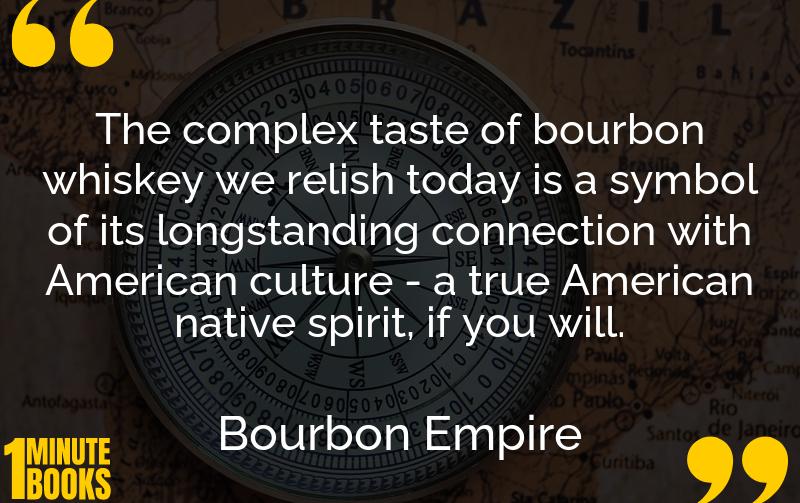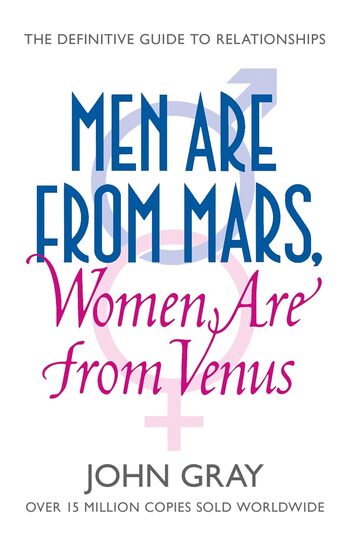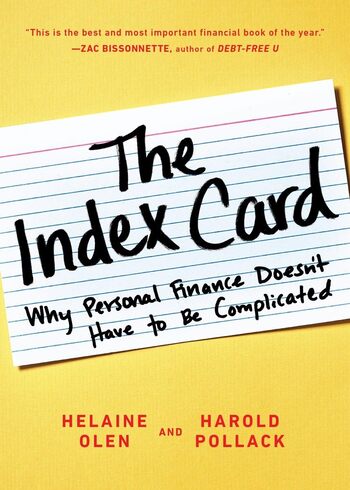
Explores bourbon’s evolution from a frontier drink to a luxurious symbol, detailing its cultural significance, marketing strategies, and battles with competition. Mitenbuler captures its deep-rooted American legacy.
Main Lessons
- Bourbon’s American Roots: Its journey from humble beginnings to an emblem of American culture.
- Classification Rules: How specific legal criteria, like using 51% corn, defined bourbon’s identity.
- Impact of the Big Four: Major companies dominate the industry, shaping its history and reputation.
- Bourbon vs. Vodka: Competition from vodka prompted bourbon’s luxury transformation.
- National Symbolism: Whiskey became a symbol of freedom post-American Revolution.
- Whiskey’s Turbulent History: Challenges like the Whiskey Ring and Prohibition reshaped its market.
- Post-Prohibition Adaptations: How the Big Four capitalized and adapted to new market demands.
- Marketing Strategies: Rebranding bourbon as a luxury drink broadened its appeal globally.
- Cultural Interconnections: Bourbon’s taste reflects its deep ties with American history and regional specifics.
- Historical and Modern Contexts: The industry’s adaptation to wars and economic shifts remains crucial.
- The Illusion of Variety: Many brands are under the same major manufacturers.
- The Role of Key Individuals: Influencers like Lewis Rosenstiel played pivotal roles in bourbon’s identity.
- Luxury and Nostalgia: Modern marketing taps into American nostalgia and international luxury perceptions.
- Bourbon’s Future: As a respected global beverage, its story continues to evolve.








